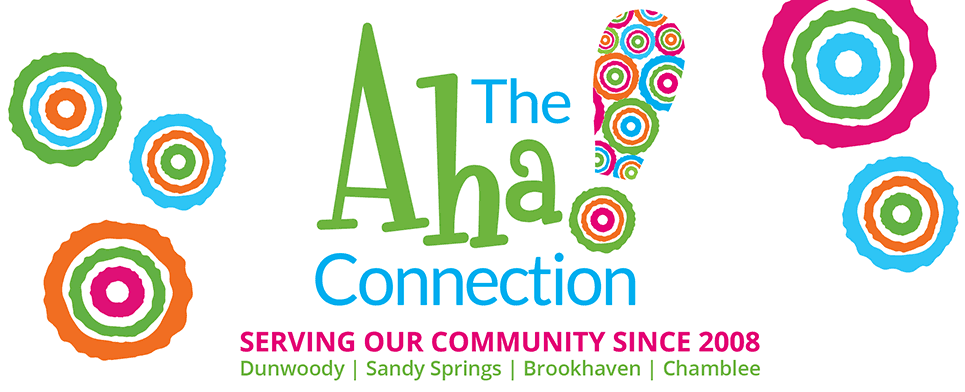Introduction and Summary of Conclusions
Click here fore the Full Report
This report on the financial feasibility of forming a Dunwoody Independent School District was commissioned by the City of Dunwoody, through the Dunwoody Parents Concerned about Quality Education, a community group formed in 2013 to explore opportunities to improve public education in Dunwoody.
Dunwoody’s public school students (6,082 students in 2012) attend one of the seven public schools located within the city limits. All of these schools are currently under the management and supervision of the DeKalb County Public School District (97,297 students in 2012). Together, the seven Dunwoody schools comprise a relatively self-contained cluster that could conceivably be operated as an independent public school district.
The report is specifically designed to assess whether educational services provided to the recently founded City of Dunwoody by the DeKalb County School District could be provided more efficiently with a leaner organizational form. The question is whether a Dunwoody Independent School District (DISD) can potentially manage a single ‘cluster’ of Dunwoody schools (one high school, and ‘feeder’ middle school and elementary schools) and deliver the same or better district educational and management services at lower cost.
Such organizational reform may be not only financially prudent but would facilitate the classroom-centered and child-centered operations without the organizational encumbrances of a district organized to serve 98,000 children. Significant changes in information technology have substantially altered the economies of scale arguments that previously argued for larger school districts. Smaller districts are consistent with educational reform that emphasizes child-centered education.
This report assesses the financial feasibility of a smaller Dunwoody Independent School District with analysis of the most detailed and accurate available data. We reallocate the sources of revenue and allocations of cost from the current consolidated DeKalb County School District (which now supervises Dunwoody schools) to project revenue and cost allocations as if a separate and independently controlled Dunwoody School District (DSD) had existed in 2012. We also reallocate resources based on the number of students who would transfer into schools within the new boundaries as well as students who are expected to move from private schools into the new DISD.
The Dunwoody schools are currently managed and controlled under the operational and financial umbrella of the DeKalb County School. If the Dunwoody cluster of schools were managed under a separate and independent school district, some current sources of revenue would follow students and schools to the new Dunwoody Independent School District (DISD). Other revenues would remain allocated to what we term the deconsolidated DeKalb County School District (DDCSD). The allocation of 2012 revenue to either the independent Dunwoody district or the deconsolidated DeKalb district depends on detailed and specific characteristics of the two student populations, supporting communities, and the experience and educational profile of the assigned teachers.
Likewise, the analysis reallocates the consolidated DeKalb County School District 2012 costs between an independent Dunwoody district and a deconsolidated DeKalb district. Using line-item cost detail, we calculated those operating costs of the DISD that are required for each new school, classroom, and student. These estimates of various fixed and variables costs allowed us to project cost shifts for students who would transfer to new schools across new boundaries and student currently in private schools who are projected to transfer to DISD.
This reallocation of revenues and costs (including projected costs of a new Dunwoody Independent School District central office) allows the conclusion that deconsolidation and formation of an independent school district is financially feasible for the City of Dunwoody. In fact, projected revenues for a separate Dunwoody Independent School District from local property tax allocations, state funding, and federal funding would have been $78.7 million in 2012 (based on student and community characteristics, teachers’ profiles and current laws and regulation). Costs of $37.8 million in 2012 would no longer have accrued to a deconsolidated DeKalb County School District, but would have fallen to a new Dunwoody district. Costs for operation of a Dunwoody central office and services are projected to be $10.3 million. On net, revenues for operations of an independent Dunwoody school district would exceed school and district operating costs by $30.7 million annually.
Reallocation also has consequences for a deconsolidated DeKalb School District. After significant wealth-reallocation transfer by state and federal authorities, a deconsolidated DeKalb would lose $77.3 million in revenue (out of a consolidated total of $863.6 million) and $50.5 million in costs. A loss in local revenues of $57.2 million is mitigated as state and federal funding grow as a share of total funding. The net reduction in resources available to DeKalb after deconsolidation is $26.8 million. This is the equivalent of $293 per student per year.
The detailed 25 page report can be found here.
Kelly McCutchen and Prof. Christine P. Ries1
November 18, 2013













